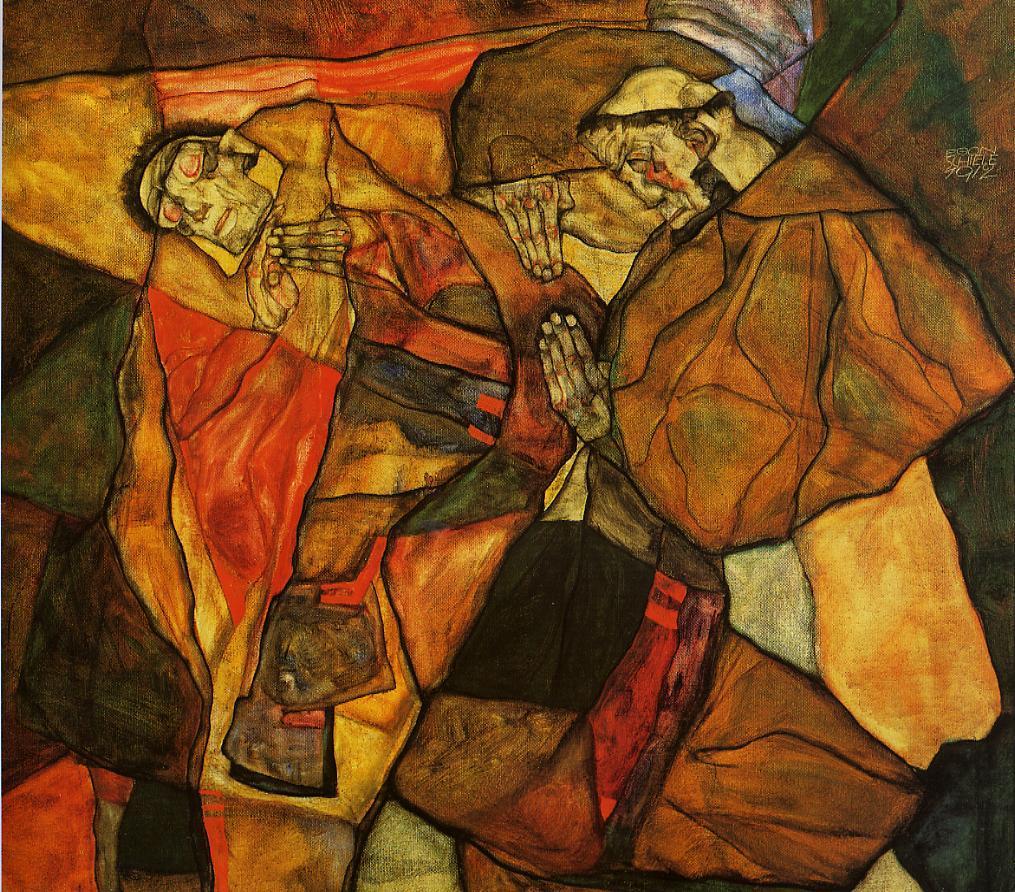Emil Nolde’s “Crucifixion” is a significant religious painting that showcases the Expressionism genre he was known for. The painting stands out due to its depiction of a haggard, yellow Christ on a cross. This portrayal differs from the usual traditional depiction of Christ, which makes it unique and thought-provoking.
Nolde was one of the first Expressionists and part of Die Brücke movement. His violent religious works and foreboding landscapes were characteristic of his art style. However, despite being crucial to modern German expressionism, he supported the National Socialist German Workers’ Party in its early years before they condemned him later. In 1938, Nolde’s work became part of the Nazi’s exhibition “Degenerate Art.”
The “Crucifixion” painting features as an individual piece from Nolde’s larger polyptych called “The Life of Christ.” While highlighting some religious aspects similar to most Crucifixion paintings, Emil Nolde integrates his Expressionist style into this artwork with different colors and brushstrokes that stand out when compared to standard portrayals like those in other baroque or medieval-era crucifixions.
In summary, Emil Nolde’s “Crucifixion” is considered one of his remarkable works that highlight some key aspects of his offerings as an expressionistic artist while reinterpreting traditional tropes through new textures and colored strokes. Despite being condemned by various groups later in life, it would go on to become highly regarded as a vital specimen in artistic circles posthumously.


















